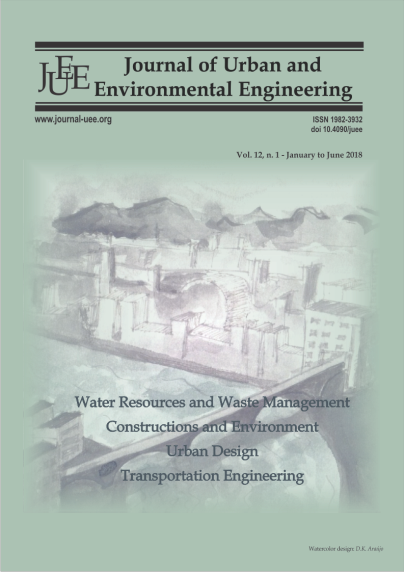WETLAND CHANGE ANALYSIS AND THEIR IMPACT ON DENSE VEGETATION BY SPATIAL APPROACH
DOI:
https://doi.org/10.4090/juee.2018.v12n1.70-76Keywords:
environment engineering, ground water, wetland, remote sensing, GIS, NDVI, vegetationAbstract
Wetlands are the most important component of an ecosystem that provides ecological habitats and hence wetlands are supposed to be the indicators of healthy environment. It has been observed recently that the wetlands are affected by several anthropogenic impacts and climate change. Monitoring of the wetlands for their preservation has become mandatory. The present study uses MODIS satellite data of 2000 and 2014 for recording the temporal change in the status of the wetlands in Nagpur district, Maharashtra India. Least square regression correlation had been performed between wetlands area and corresponding (Normalized Difference Vegetation Index) NDVI of the selected wetlands. The study shows that the extent of the wetlands have reduced in the study area during 2000-2014. The Least square regression analysis result shows that vegetated areas within wetlands reduced during 2000 to 2014. This study highlights the present status of wetlands, which is helpful in future, conservation, assessment, and management of wetlands. The application of remote sensing and GIS techniques made analysis simpler and effective.Downloads
Download data is not yet available.
Downloads
Published
2018-07-27
Issue
Section
Articles




